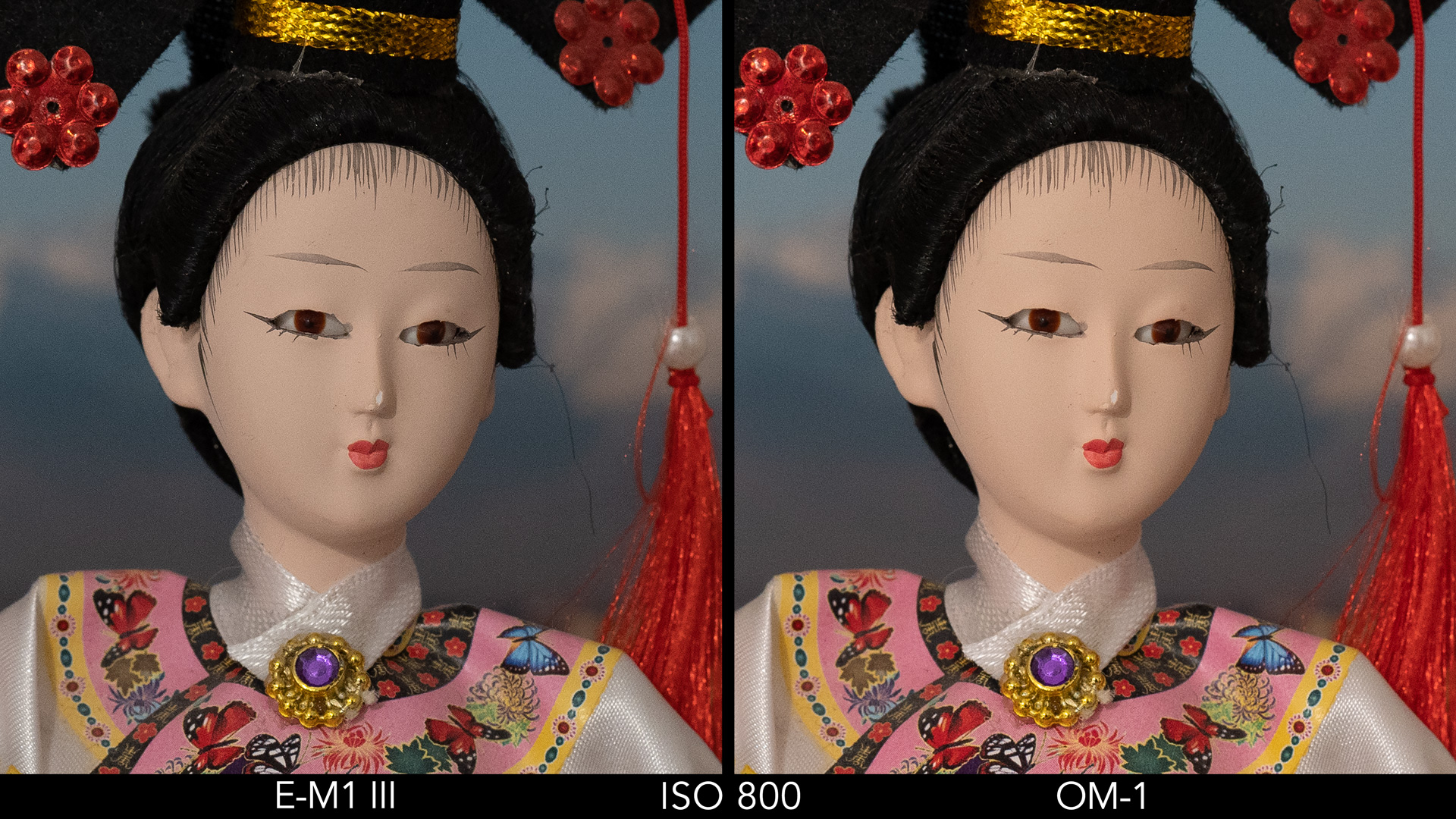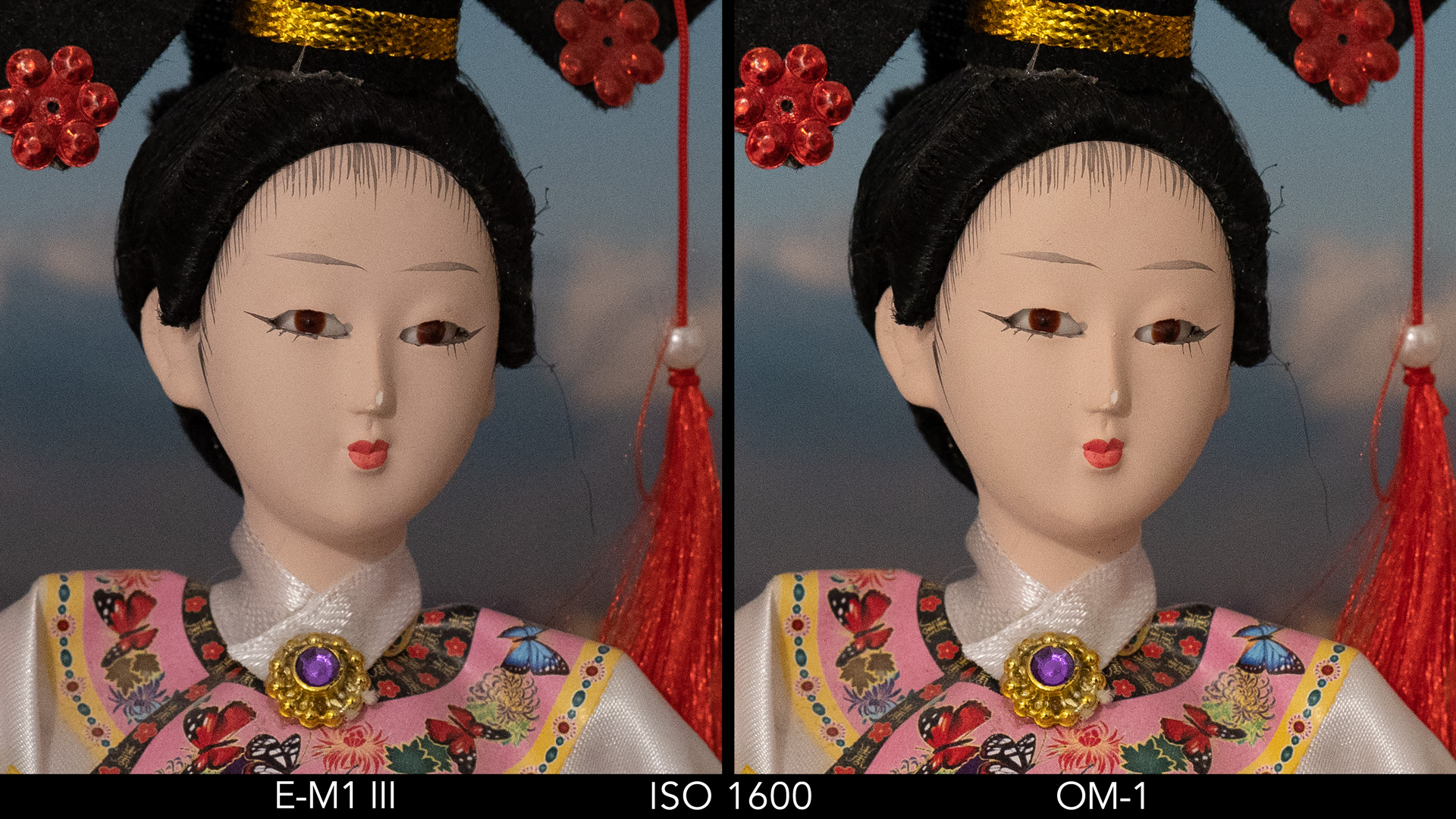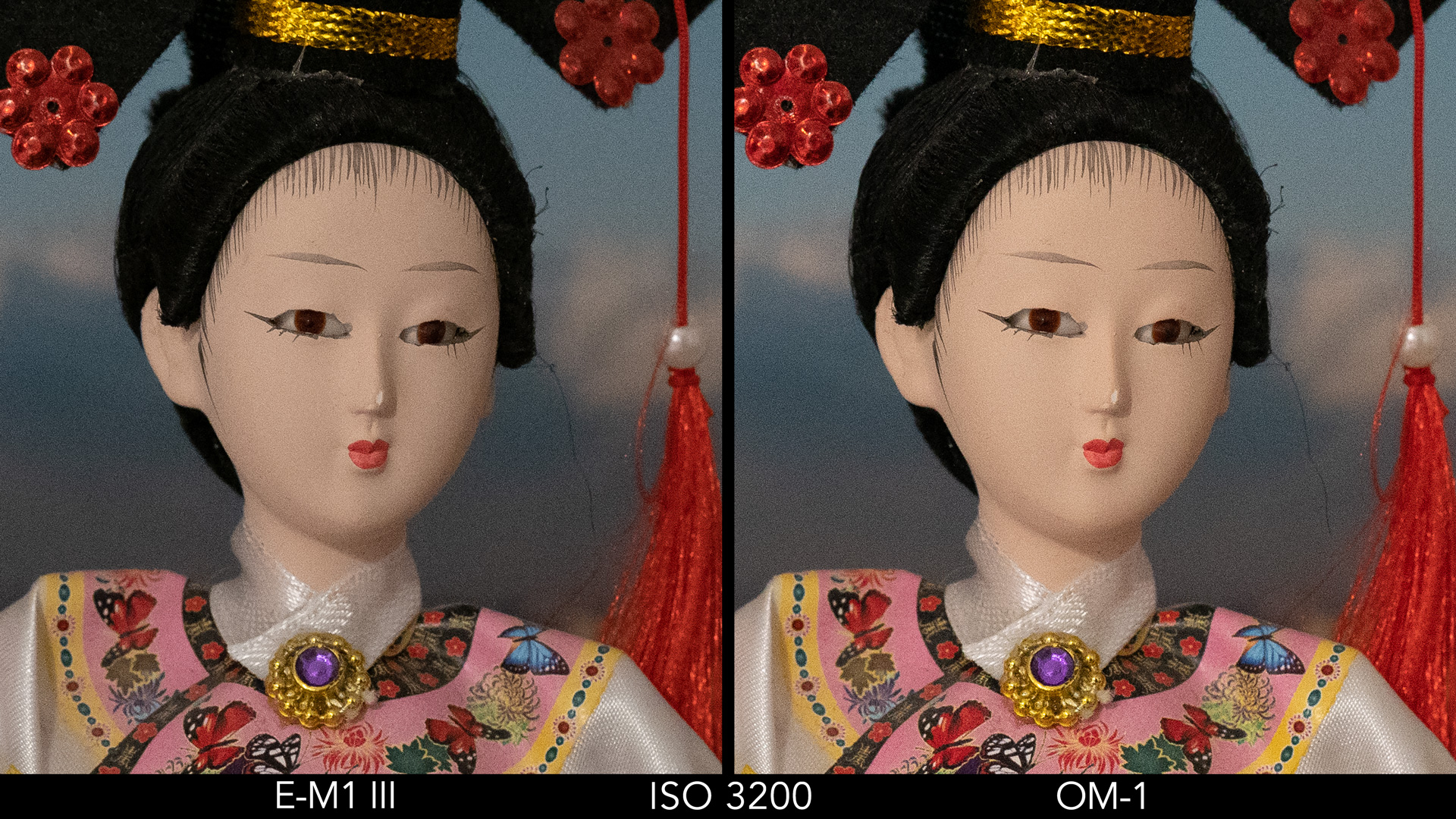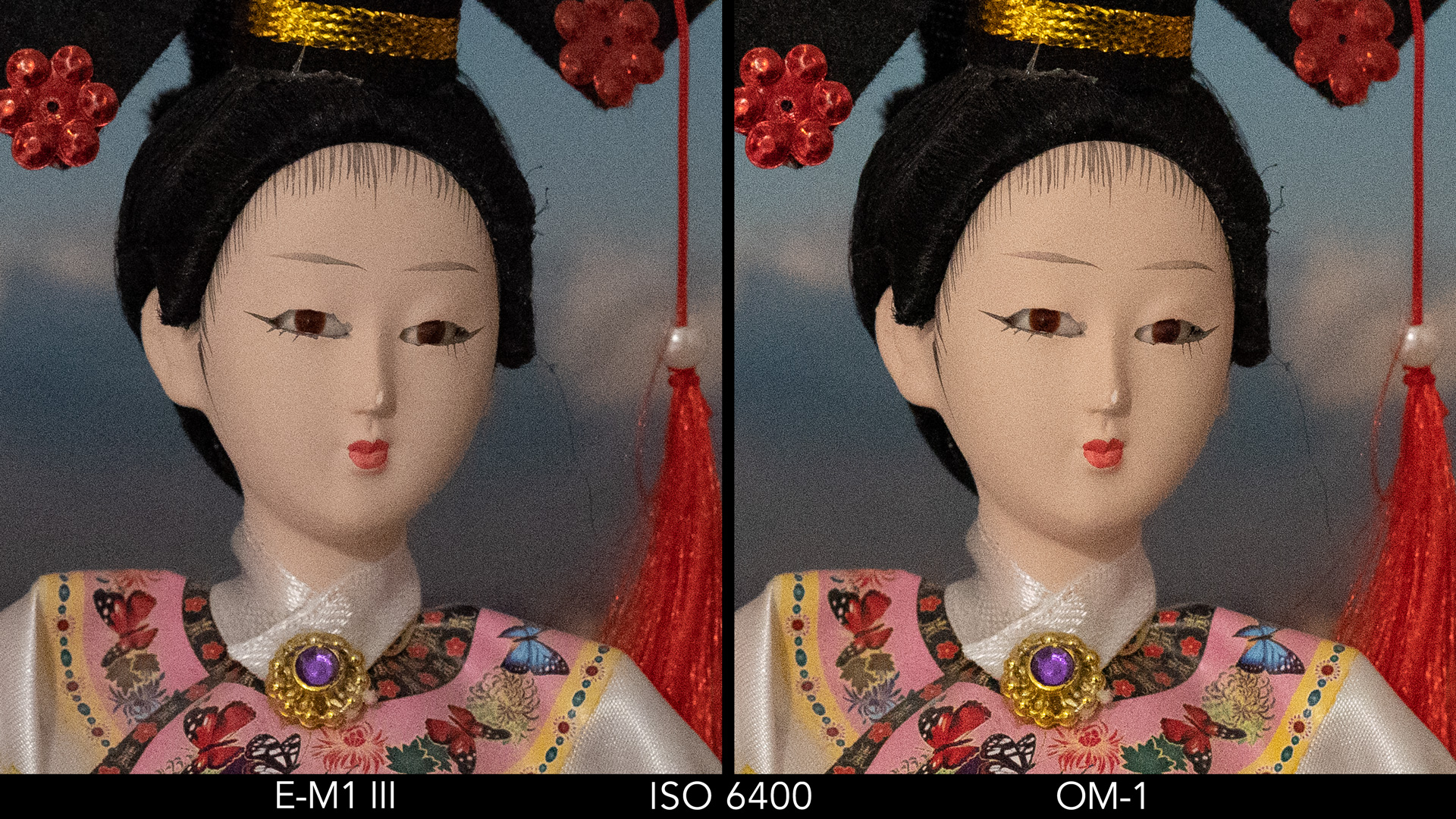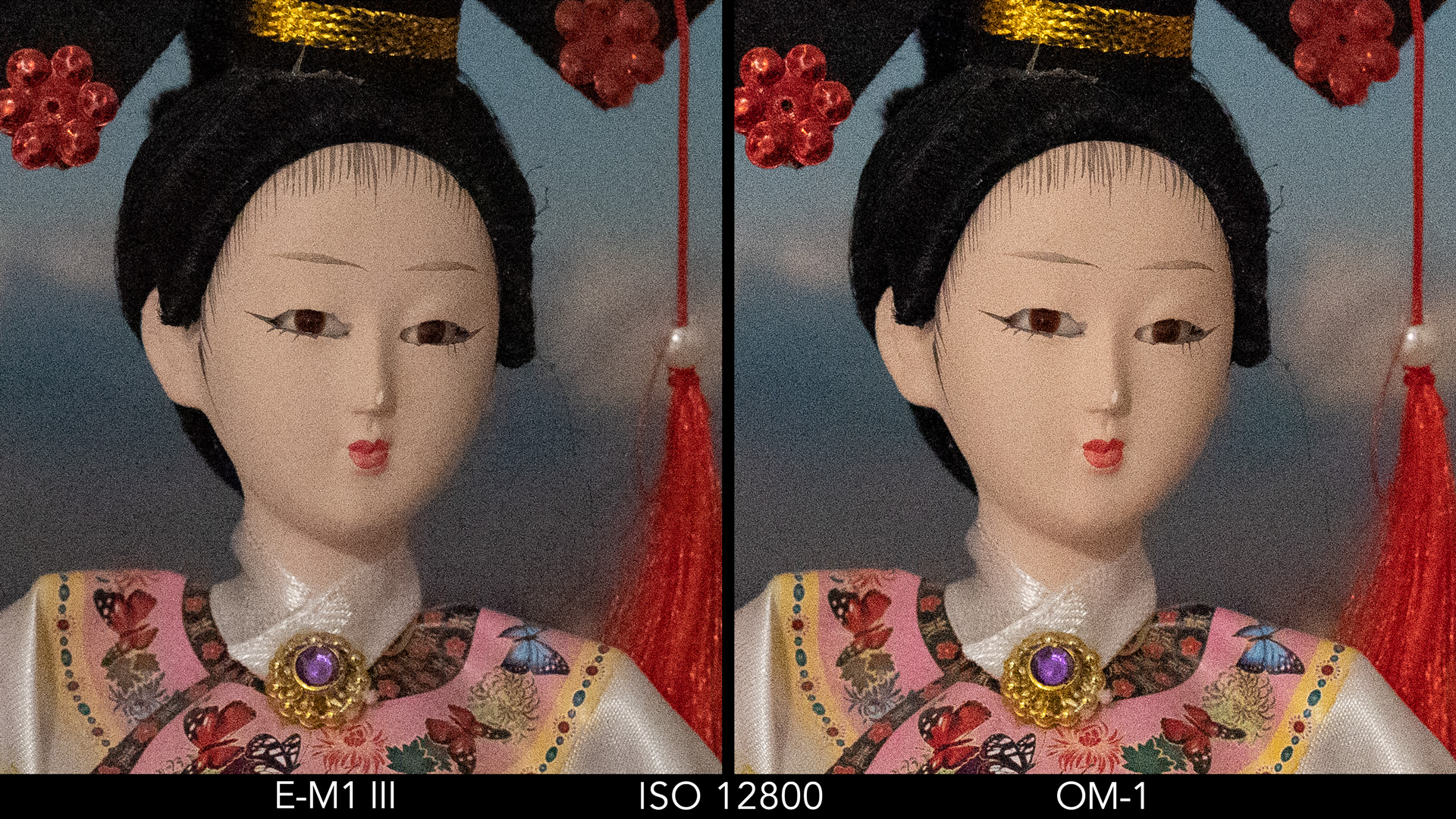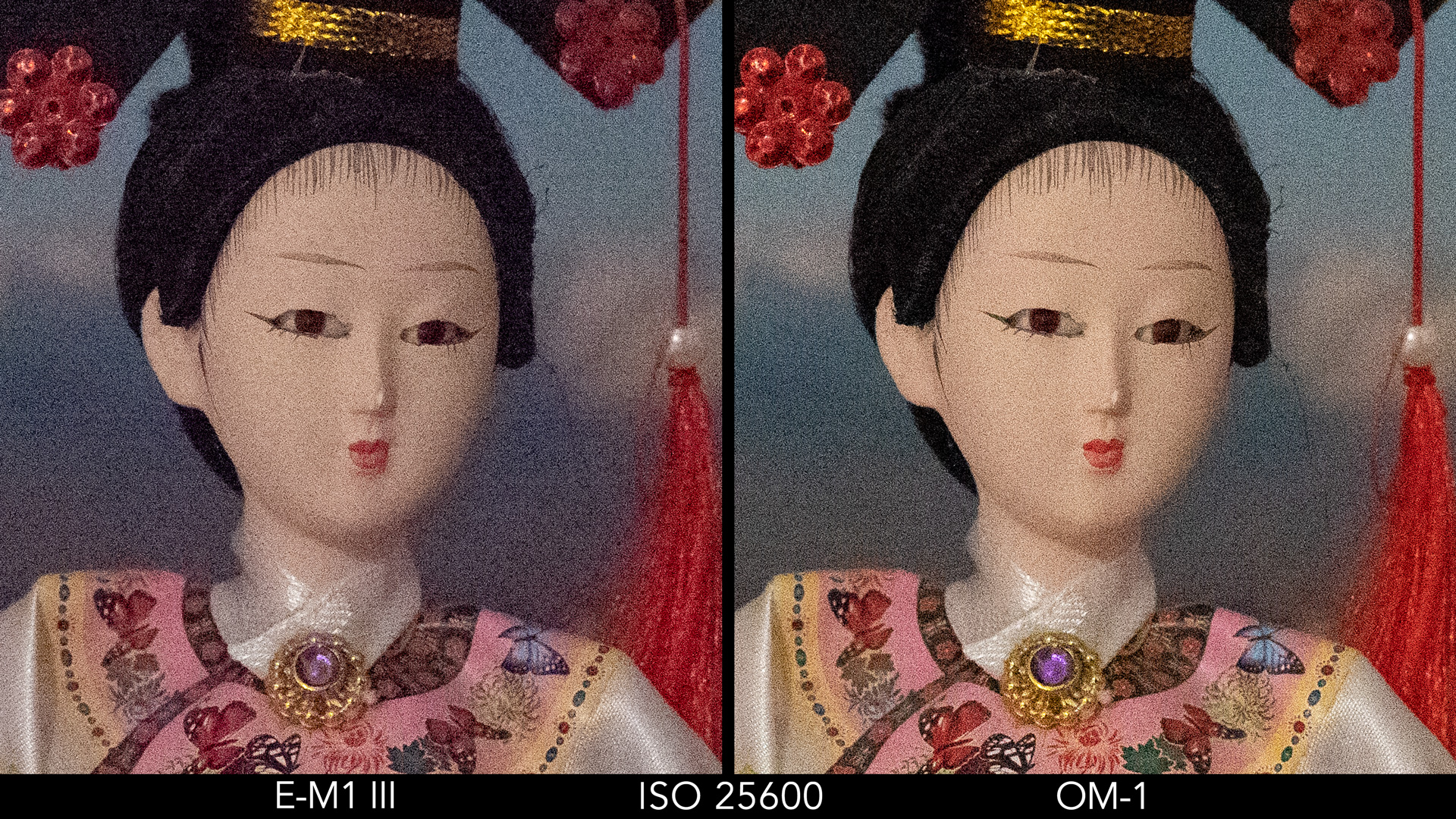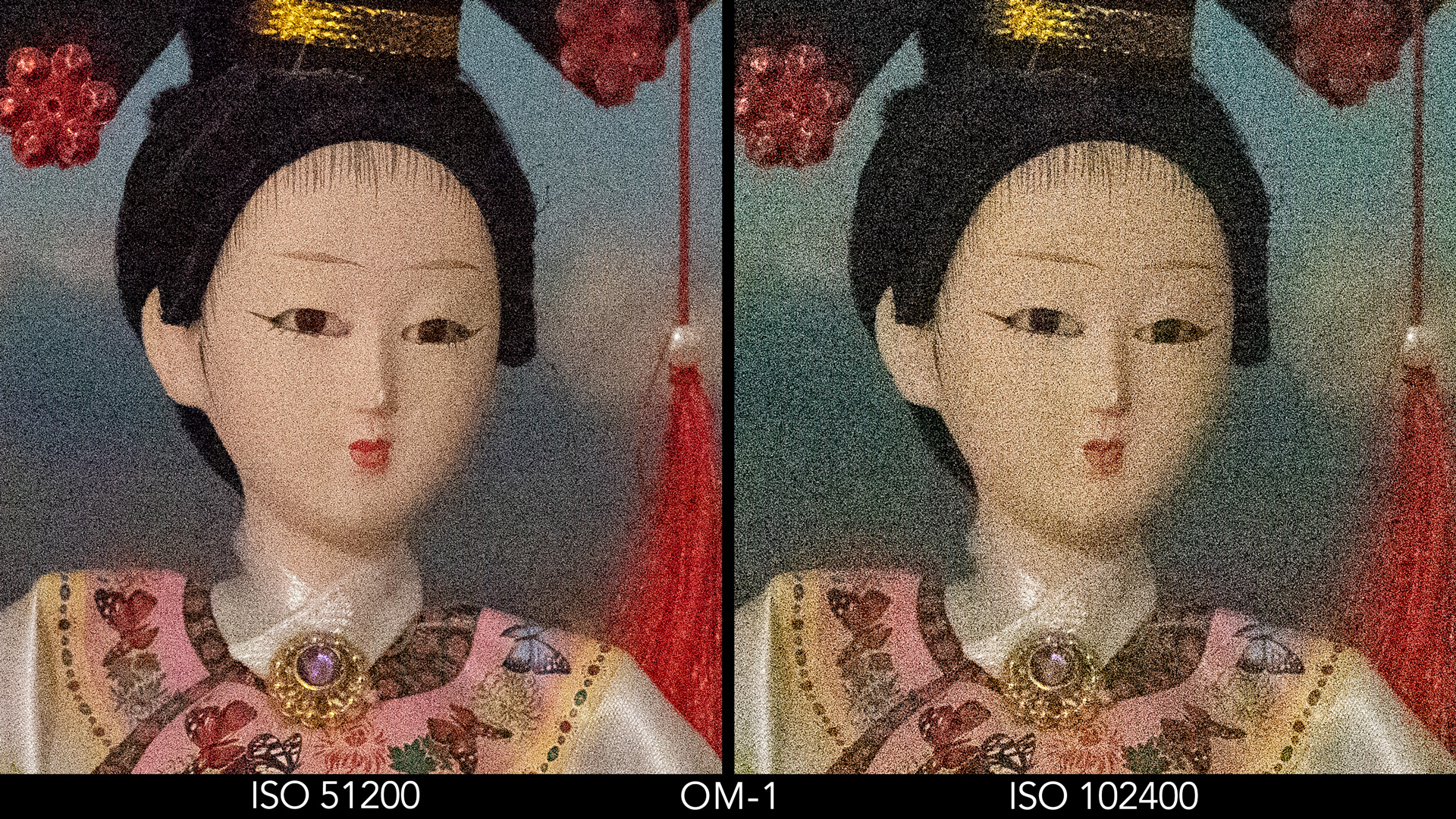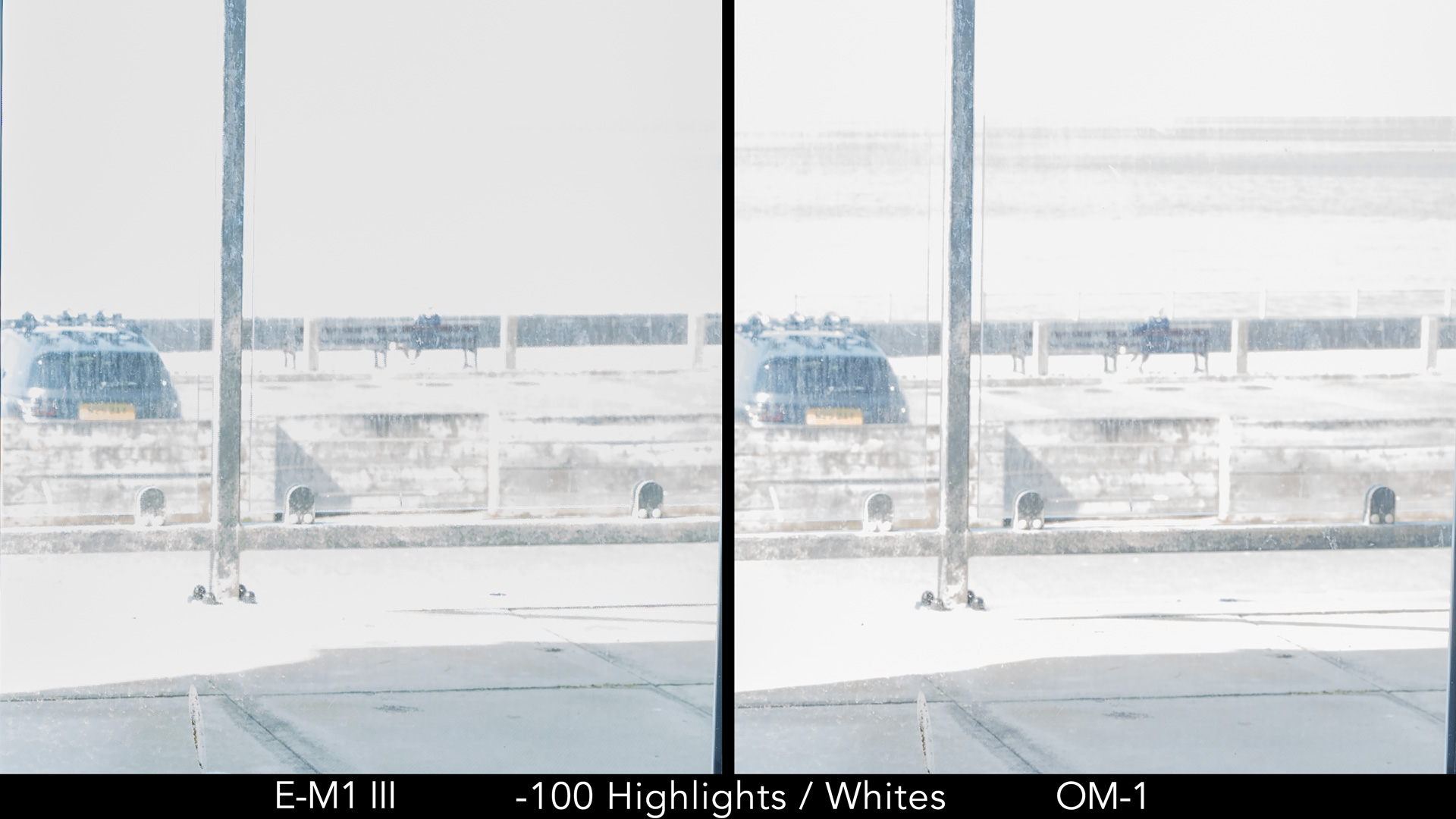The E-M1X was surrounded by its fair share of controversy when it arrived on the market, with many criticising the large body that goes against the ethos of the micro four third system. Yet the camera found its faithful group of users. It has its strengths and makes sense for a certain niche, but it also lacks more state-of-the-art specs.
The OM-1 arrives three years later, and a lot has changed in the meantime. Olympus sold its imaging business to a newly formed company, OM Digital Solution, which now hopes to prove to the world that the system is back on track with the OM-1, their first serious product and one that brings a series of needed improvements to keep the brand competitive.
Let’s see how the two cameras compare.
Editor’s note: the article has been updated with image quality tests and AF feedback. More is on the way.
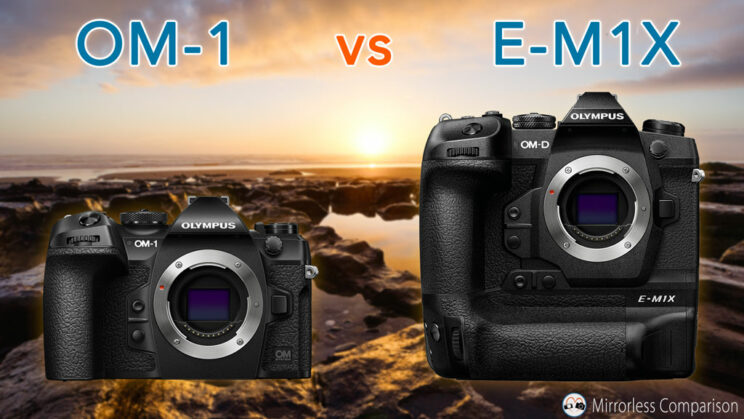
Ethics statement: the following is based on our direct experience with the E-M1X and official information regarding the OM-1. We were not asked to write anything about these products, nor were we provided with any sort of compensation. Within the article, there are affiliate links. If you buy something after clicking the link, we will receive a small commission. To know more about our ethics, you can visit our full disclosure page. Thank you!
1. Size and Design
The E-M1X is visibly larger and heavier because it integrates a vertical grip and can also house two batteries.
- OM-1: 134.8 x 91.6 x 72.7mm, 599g
- E-M1X: 144.4 x 146.8 75.4mm, 997g
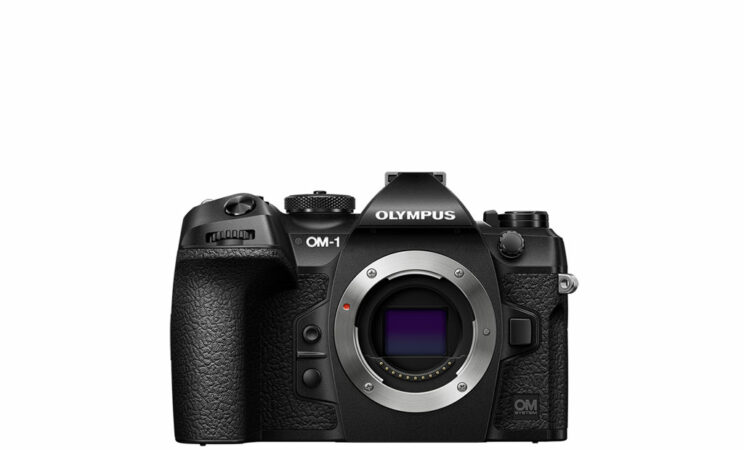
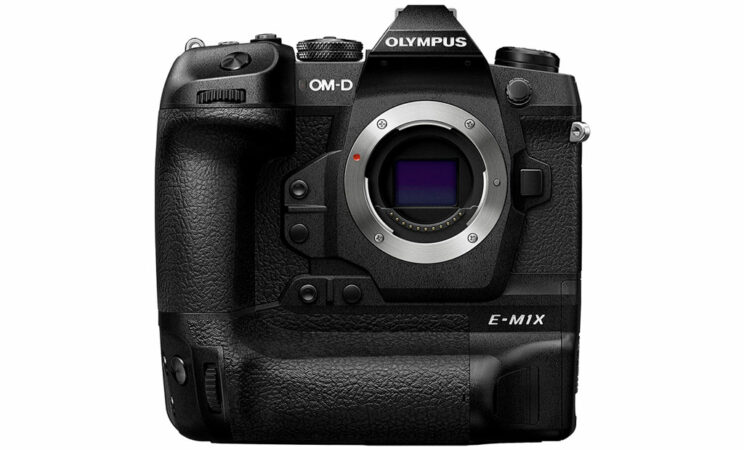
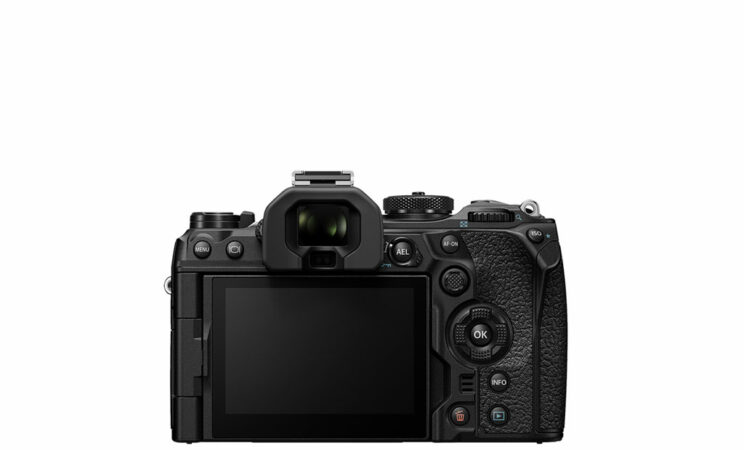
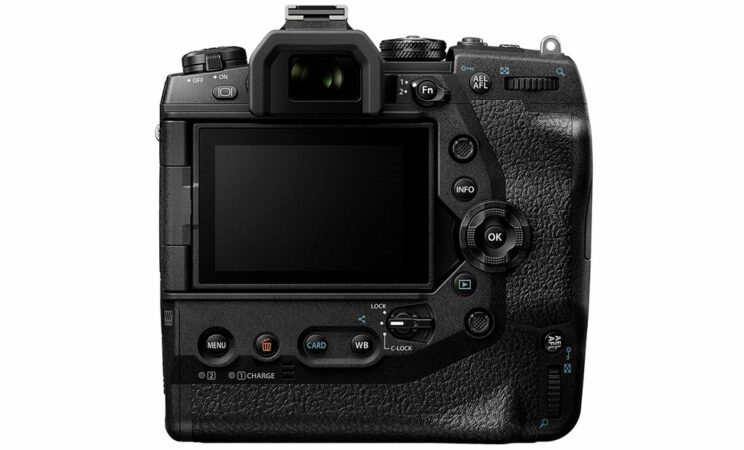
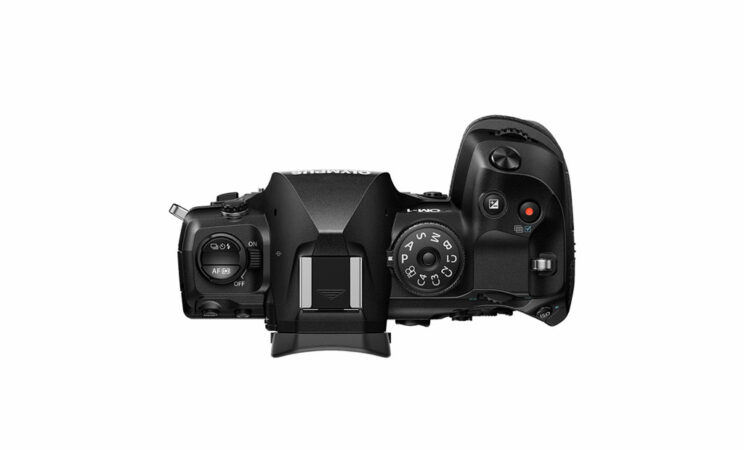
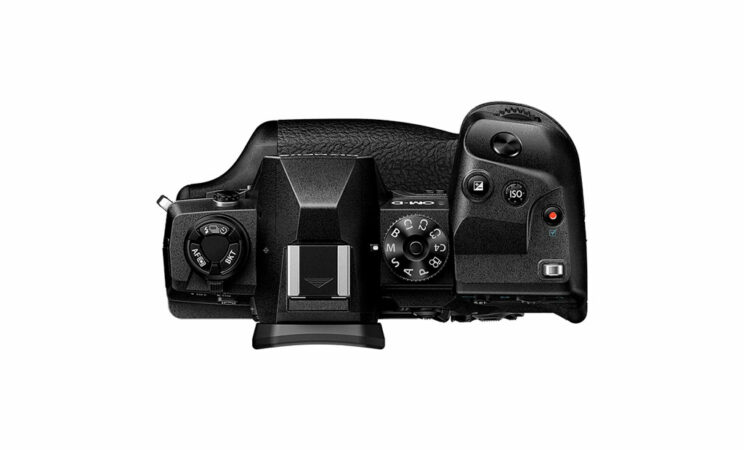
The size and weight become similar once you attach the optional HLD-10 battery grip to the OM-1.
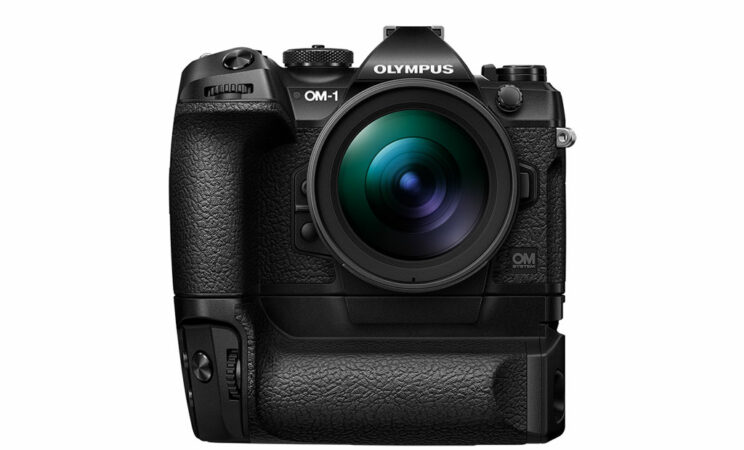

The design of the OM-1 is similar to its predecessor, the E-M1 III, but the front grip looks slightly larger on the new model, which should make what is already a comfortable grip even better.
Both cameras are weather sealed but only the OM-1 has an IP53 rating which makes it more resistant to water and dust.
2. Viewfinder and Rear Screen
The EVF on the OM-1 has an OLED panel with 5.76M dots of resolution.
That of the E-M1X has much less resolution, using a LCD panel with 2.36M dots.
The magnification is the same on both cameras: 1.65x, or 0.83x in 35mm format equivalent. They also have the same minimum lag of 5ms.
The refresh rate goes up to 120Hz on the OM-1, which is the same speed you find on the E-M1X.
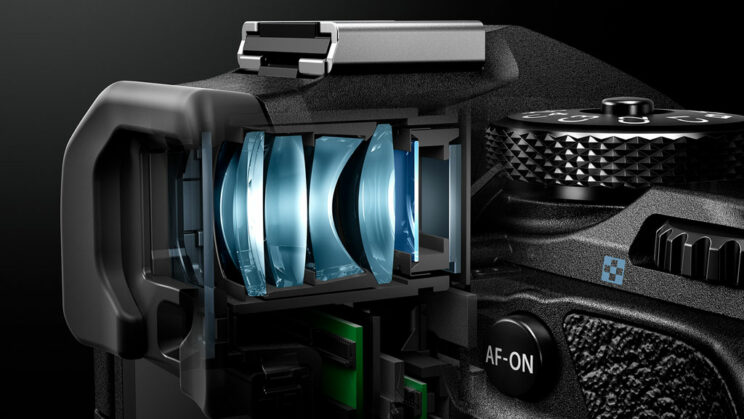
As for the rear LCD screen, they both use a 3.0-in screen with touch sensitivity, but that of the OM-1 has more resolution: 1.62M vs 1.04M dots.
3. Battery life
The E-M1X comes with two BLH-1 batteries and they can be used at the same time in the camera body, which gives you a total rating of 870 shots per charge (or 2580 when using the quick sleep mode).
The OM-1 features a new battery, the BLX-1, that has an higher amperage and should be 25% more effective than a single BLH-1. The rating of the camera is 520 shots per charge (or 1040 frames with the quick sleep mode).
They both accept USB charging and power delivery. The OM-1 however doesn’t come with a battery charger.
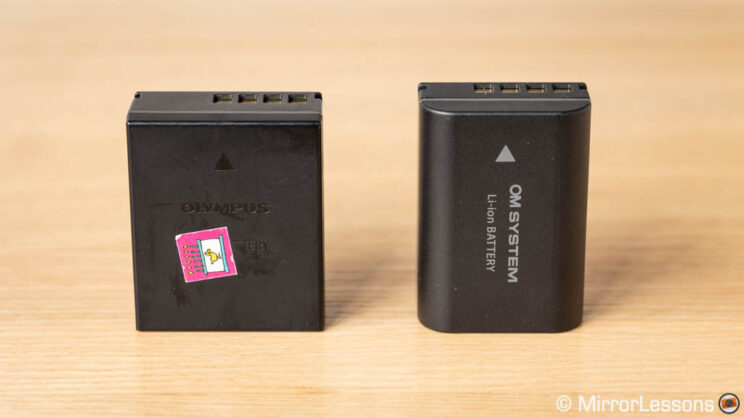
4. Image Sensor and Processor
The two cameras feature a four thirds sensor with 20.4MP but the one inside the OM-1 has a brand new design: it is stacked and back-illuminated (BSI), two characteristics that offer faster reading speed and better light gathering respectively.
OM claims a one-stop improvement concerning dynamic range, and a two-stop improvement at high ISOs (for photos). Indeed, the OM-1 has a vaster ISO range than the E-M1X.
| ISO | OM-1 | E-M1X |
|---|---|---|
| Normal range | 200-25,600 | 200-6,400 |
| Extended range | 80-102,400 | 64-25,600 |
| Movie mode | 200-12800 | 200-6400 |
Despite the official claims made by the company, the difference in image quality isn’t immediately visible. The OM-1 has better colour accuracy and better details at high ISO, which is certainly a good thing, but the amount of noise remains very similar.
Note: the test below was made with the E-M1 III, which has the same sensor as the E-M1X.
If we look at the in-camera JPGs, there is perhaps a more relevant improvement at high sensitivities, with better sharpness, better colours and less noise overall.
As for dynamic range, a strong exposure recovery shows a similar amount of noise generated in the shadows, whereas the OM-1 does a bit better in the highlights.


The new camera also comes with a newly designed image processor, the TruePic X. The E-M1X has a processor that is two generations old (TruePic VIII) but uses two of them to double its processing power.
Finally, RAW files remain the same concerning bit depth and compression: they are 12-bit lossless compressed.
5. Autofocus System
The new sensor on the OM-1 plays an important role for the autofocus system of the camera. It has a quad bayer design, which means that each pixel is divided into four. This allows the on-chip phase detection points to work in four directions. There is a total of 1,053 points that cover all of the sensor.

The E-M1X uses the old focus system, with 121 cross-type phase detection points that cover roughly 70% of the sensor area.
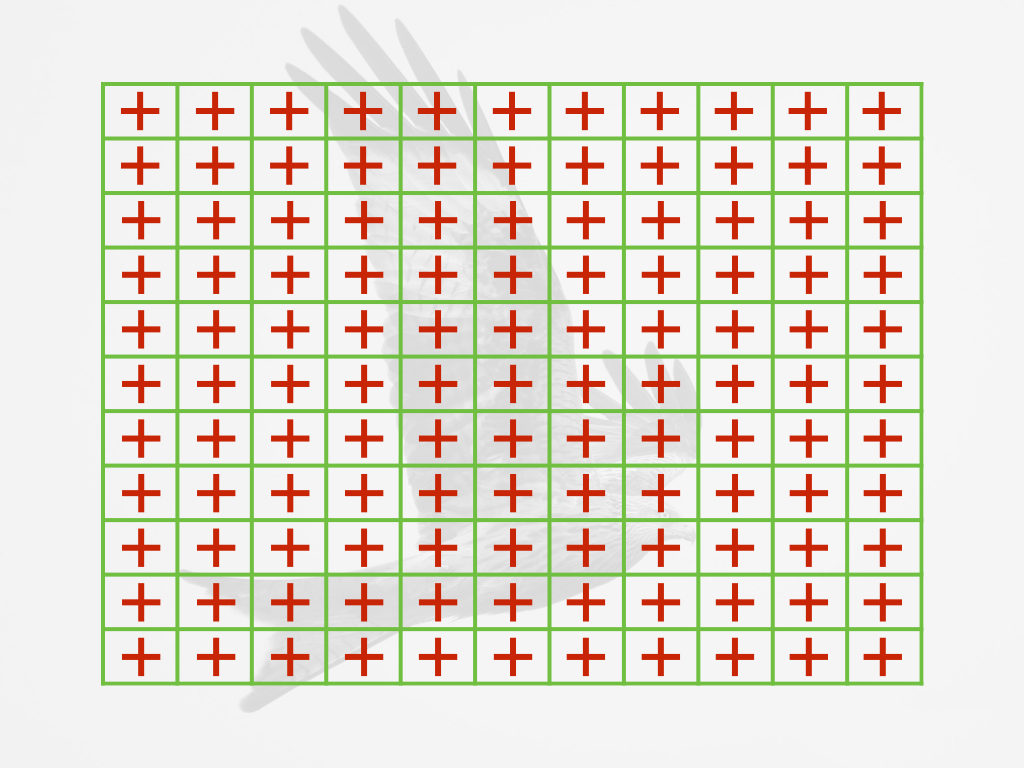
Contrast detection is used in conjunction with phase detection on both cameras, on the same AF area respectively.
The higher number of focus points introduce an updated AF Target setting when it comes to choosing a focus area on the camera.
| AF Target | OM-1 | E-M1X |
|---|---|---|
| Single Target (1-point) | Yes | Yes |
| Single Target (1-point, small) | Yes | Yes |
| Cross 5-Target (5-points) | – | Yes |
| 9-Target (9 points) | – | Yes |
| 25-Target (25-points) | – | Yes |
| Cross Target (39-points) | Yes | – |
| Middle target (63 points) | Yes | – |
| Large target (165 points) | Yes | – |
| All-Target | Yes | – |
| Custom Target | Yes | – |
Then we have the AF software, which comes with an update on the OM-1 and is capable of analysing colour and contrast of a scene to improve the result.
Both products include deep learning technology to automatically recognise and track certain types of subjects. The updated version introduced on the OM-1 allows the camera to identify more subjects in comparison to the E-M1X. It is also two times more accurate and three times quicker.
| OM-1 | E-M1X |
|---|---|
| Formula cars Motorcycles Airplanes Helicopters Trains Birds Dogs Cats | Formula cars Motorcycles Airplanes Trains Birds |
Indeed, in my tests, I found subject detection for birds on the OM-1 to be more accurate. The camera can make a distinction between body, head and eye, whereas the E-M1X is less capable of detecting the eye of a bird specifically. Additionally, the results have improved considerably for birds in flight. You can read more about it in my OM-1 for Bird Photography Review.
Face and Eye AF (for humans) is available on both cameras, but the OM-1 should be more precise, more responsive and faster once again. I haven’t tested this thoroughly yet.
The new camera has a two-stop advantage in low light, with a minimum sensitivity of -8 when working with an F1.2 lens. The E-M1X has a rating of -6Ev.
Finally, the OM-1 includes extra features such as Starry Sky AF, which allows you to focus automatically on a small star in the night sky (read more about this feature in our quick review).
6. Shutter and Drive Speed
When using the mechanical shutter, the two cameras can work up to 1/8000s. The rating is 400,000 cycles on both. With the electronic shutter, you can go up to 1/32,000.
The OM-1 sees a big improvement on what was already excellent performance from previous OM-D cameras. It can shoot images continuously up to 120fps, or 50fps if you want continuous AF. The fastest burst settings are available with the electronic shutter.

| Shutter | OM-1 | E-M1X |
|---|---|---|
| Mechanical | 10fps | 15fps (H)* 10fps (L) |
| Electronic | 20fps 50fps (SH2) 120fps (SH1)* | 60fps (H)* 18fps (L) |
These speeds are impressive, but how do the two cameras cope with the buffer? Well, oddly the E-M1X does better at 10fps with the mechanical shutter, but the OM-1 shows better capabilities with the fastest drive speed.
| Burst | OM-1 | E-M1X |
|---|---|---|
| 10fps | 139 RAW 169 JPG LF | 287 RAW Unlimited JPG |
| 15fps | – | 103 RAW 132 JPG LF |
| 18fps | – | 74 RAW 89 JPG LF |
| 20fps | 108 RAW 116 JPG LF | – |
| 50fps | 96 RAW 97 JPG LF | – |
| 60fps | – | 49 RAW 49 JPG LF |
| 120fps | 92 RAW 92 JPG LF | – |
On the OM-1, you also get a buffer indicator to see how much buffer is left.
Both cameras include the Pro Capture mode, which allows you to record a certain number of images before you fully press the shutter release button. It works with the same fastest speed as the normal burst mode.
One difference is found when using Panasonic or third party micro four thirds lenses: on the E-M1X, you can only use the Pro Capture H mode (focus locked on the first frame) whereas on the OM-1, it also works with C-AF (25fps max).
Another limitation when it comes to lens compatibility, is that the fastest speed with C-AF on the OM-1 (50fps) works with certain lenses only:
- 12-40mm F2.8 PRO
- 12-40mm F2.8 PRO Ⅱ
- 12-100mm F4.0 IS PRO
- 40-150mm F2.8 PRO
- 150-400mm F4.5 TC 1.25x IS PRO
- 300mm F4.0 IS PRO
If you want to use another lens, the maximum speed available is 25fps, which is still very good.
With the SH1 and SH2 speed (50 and 120fps), you get live view with no blackout, which is the same behaviour you find on cameras such as the Sony A9 or A1 series, as well as the Nikon Z9 and some Fujifilm cameras.
7. Video Capabilities
Unsurprisingly, the OM-1 brings a number of expected improvements, like being able to record 4K up to 60p and record in 10-bit on the SD card.
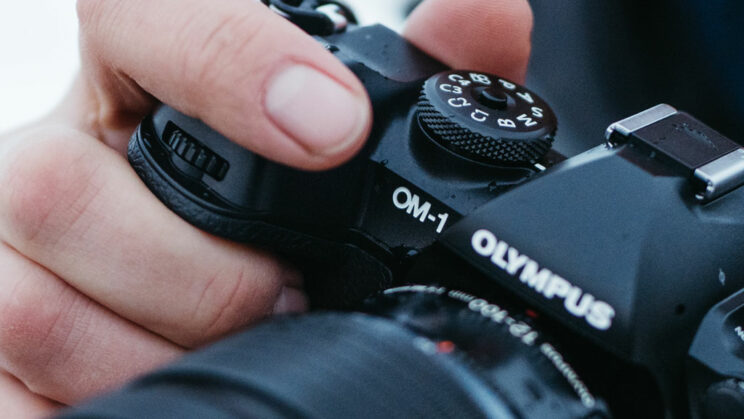
Here are the main differences concerning resolution, frame rate and bit depth.
| OM-1 | E-M1X | |
|---|---|---|
| 4K / DCI 4K | 50/60p | 24/25/30p |
| Bit Depth (internal) | 8-bit 4:2:0 10-bit 4:2:2* | 8-bit 4:2:0 |
| High Speed Recording (1080p) | 240p | 120p |
| Rec. limitation | None | 30min / clip |
All the 4K options use the entire width of the sensor (no crop) including the OM-1 with 4K 50/60p. If you record 1080p at 240fps with the High Speed mode, the OM-1 applies a 1.28x crop on the sensor.
Then we have the bitrate, which varies depending on the settings used.
| OM-1 | E-M1X | |
|---|---|---|
| 4K 60p | 202Mbps (8-bit) 152Mbps (10-bit) | – |
| 4K 30p | 102Mbps (8-bit) 77Mbps (10-bit) | 102Mbps 237Mbps (var.) |
| Full HD 60p (ALL-I) | 162Mbps (10-bit) | – |
| Full HD 60p (IPB) | 52Mbps (8-bit) 42Mbps (10-bit) | 52Mbps |
| Full HD 30p (ALL-I) | 202Mbps (8-bit) 82Mbps (10-bit) | 202Mbps |
| Full HD 30p (IPB) | 72Mbps (8-bit) 22Mbps (10-bit) | 52Mbps |
If you want to work with an external recorder like the Atomos Ninja V, both cameras can send 12-Bit RAW* via the HDMI output. You will also find the OM-Log400 profile, but the OM-1 also offers HLG (Hybrid Log Gamma).
*Note: a firmware update is needed for the Atomos Ninja V in order to record Prores RAW on the OM-1, but it is not available yet (as of late April 2022).
Finally, both cameras have a microphone input and a headphone output (3.5mm jack).
8. Image Stabilisation
The OM-1 and the E-M1X feature the brand’s renowned 5-axis in-body image stabilisation. The compensation rating is 7 Ev for the body only (CIPA).
If you use an Olympus micro four thirds lens with optical stabilisation, the compensation goes up to 7.5 stops on the E-M1X, and 8 stops on the new camera.
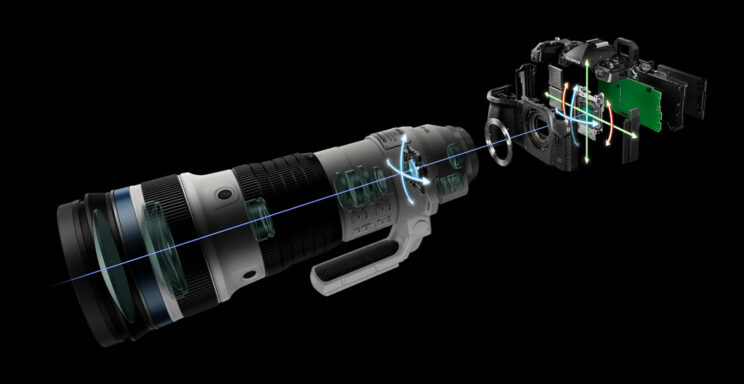
We shouldn’t expect major differences here, and to be fair, it’s not like we need any. I can easily take pictures hand-held at around 2s or even 4s with the E-M1X (my record is 20s, but achieved with a lot of patience and only one good image among many bad ones). We should expect the same type of performance with the new camera.
The OM-1 introduces a new Hand-Held Assist option that gives you a visual aid on the screen to help you maximise the stabilisation.
Stabilisation works for video too, and you’ll find additional settings like M-IS1 (electronic stabilisation).
9. Extra Functions
The OM-1 and E-M1X are packed with extra functions such as High Res Shot, Live Composite or Live ND. The improvements on the new camera are, for the most part, the result of the faster processing speed.
For example, the OM-1 can compute the 8 or 16 images of the High Res Shot mode (50MP to 80MP output) in approximately 6 seconds, rather than 12s on the E-M1X.
Live ND, which allows you to create a long exposure effect without the need of physical filters, gains an additional step, ND64, which is the equivalent of 6 stops (the E-M1X stops at 5 stops, ND32).
Then we have Live Composite to create star trails or light paintings in camera. For the first time, it works hand-held.
10. Price
The new OM-1 was launched with the retail price of $2200, £2000 or €2200 (body only).
The E-M1X can be found for $1700, £1700 or €1850 (body only).
Prices are as of February 2022.
Conclusion
Also available:
OM-1 vs E-M1 III
OM-1 vs GH6
OM-1 Review for Bird Photography
The improvement concerning image quality may not be as significant as we were hoping for, but I think there are a lot of positive things we can get out of the OM-1.
One of them is the brand new AF system that brings a significant jump in performance for wildlife and bird photography. That, coupled with the impressive continuous shooting speed, makes the OM-1 a very good proposition. There is also a better viewfinder, more frame rates for video and other improvements here and there that make the camera very competitive.
Some of you might think that the OM-1 is what the E-M1X should have been all along, a flagship that can offer more than just a larger body and a few software improvements. And perhaps you are right.
But, only a few years ago, many were saying the system was doomed. That looks much less likely to be the case now.
Reminder: the links below are affiliate links. If you decided to buy something after clicking the link, we will receive a small commission.

